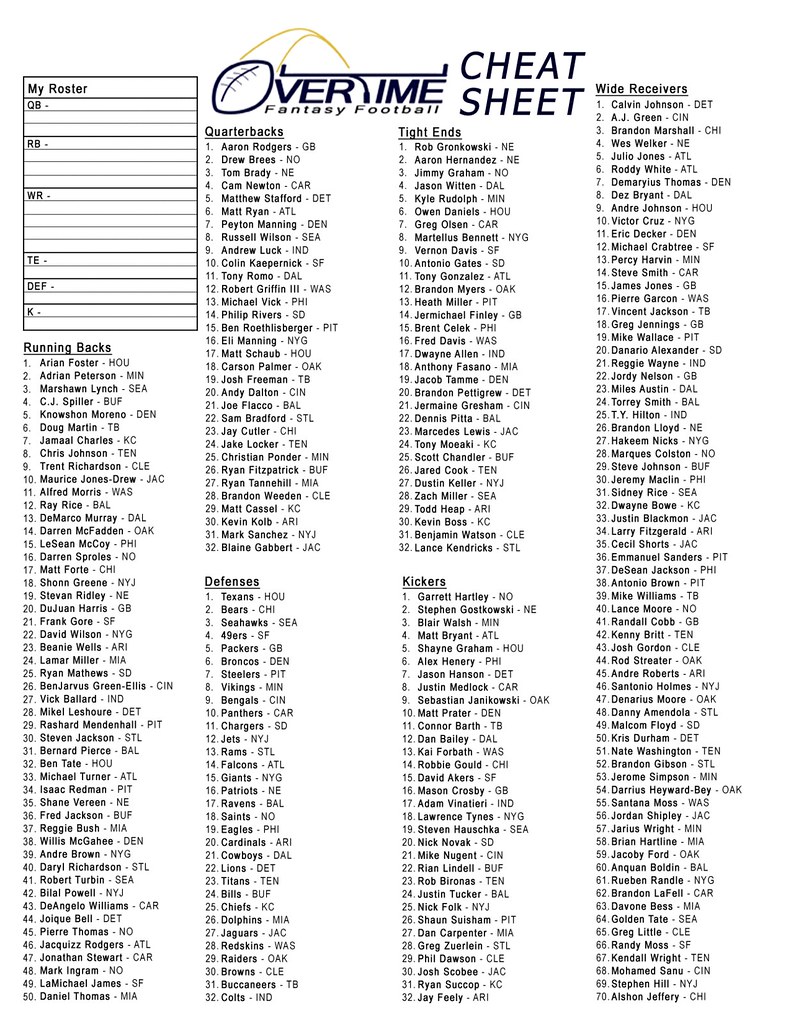

He played 14 games and finished as the overall QB7 (QB6 in points per game). The top quarterback drafted in 2019 was Patrick Mahomes.
#Superflex fantasy football roster configuration full
He played a full season and finished as the overall QB6 (QB9 in points per game). The top quarterback drafted in 2018 was Rodgers again. He only played 7 games and finished as the overall QB29 (QB7 in points per game). The top quarterback drafted in 2017 was Aaron Rodgers. That’s a big opportunity cost to pay for a quarterback, and it’s not always worth it. So if you wanted to land the top overall signal-caller in past seasons - whether it was Aaron Rodgers, Patrick Mahomesor Josh Allen- you had to give up a shot on one of the top overall running backs or wide receivers. The top-ranked quarterback is usually picked in the first round of two-quarterback drafts, and usually in the first half of the first round. The numbers above pretty much say it all, but I want to touch on some important trends from these tables: The overall QB1 is expensive in drafts When a fantasy manager in a 12-team Superflex league only has one quarterback available, they can substitute a running back, wide receiver or tight end into the Superflex spot that a signal-caller would normally occupy. Even if we start to see more QB-eligible gadget guys like Taysom Hill work their way into the league, their situational usage limits their appeal in fantasy.Įnter Superflex to solve the problem of (at least) a 36-player demand with only a 32-player supply. With only 32 quarterbacks in starting roles at any given moment, a 12-teamer’s demand for 24 fantasy starters and 12 fantasy backups can’t be met. Twelve-team leagues complicate the issue. Thankfully, there are 32 NFL teams from which to find passers, so the league’s supply is able to meet the two-quarterback demand of a 10-teamer you can pretty safely adopt the 2QB framework (over Superflex) when you start a league with that many teams. If we assume each team wants two starters and one backup to cover byes and injuries, that’s 30 total quarterbacks to be drafted across 10 teams. In a two-quarterback league with 10 teams, 20 starters are required, week to week. With a second quarterback spot added to starting lineups, fantasy managers must draft more players at the position. What happens next? More quarterbacks must be drafted Redraft or dynasty? How many teams? How deep are the rosters? Do the scoring settings skew in favor of a specific position? The specificity required to identify one’s preferred format is crazy these days, and the subtleties matter when it’s time to talk strategy.īut let’s push-pull our lens, blur the extraneous details and focus on the simple idea of starting two quarterbacks instead of one. Weeks where you only start one tend to occur only when your primary signal-callers are injured or on bye.Īnyway, if I specifically pick Superflex as my favorite format, let's try to break that earlier description down further. In any two-quarterback case, you almost always want to start two passers because they tend to score more points than other positions. In a Superflex league, only one QB must start, and your second QB spot allows you to flex any other skill position.

In a 2QB league, you MUST start two each week. Two-quarterback is a catch-all for, you guessed it, any league where you have the option to start two quarterbacks each week. Now hold on - before you tilt through your screen because I listed three different things as my “favorite” and didn’t explain how they are different (or similar), let’s start this primer with some definitions:


 0 kommentar(er)
0 kommentar(er)
